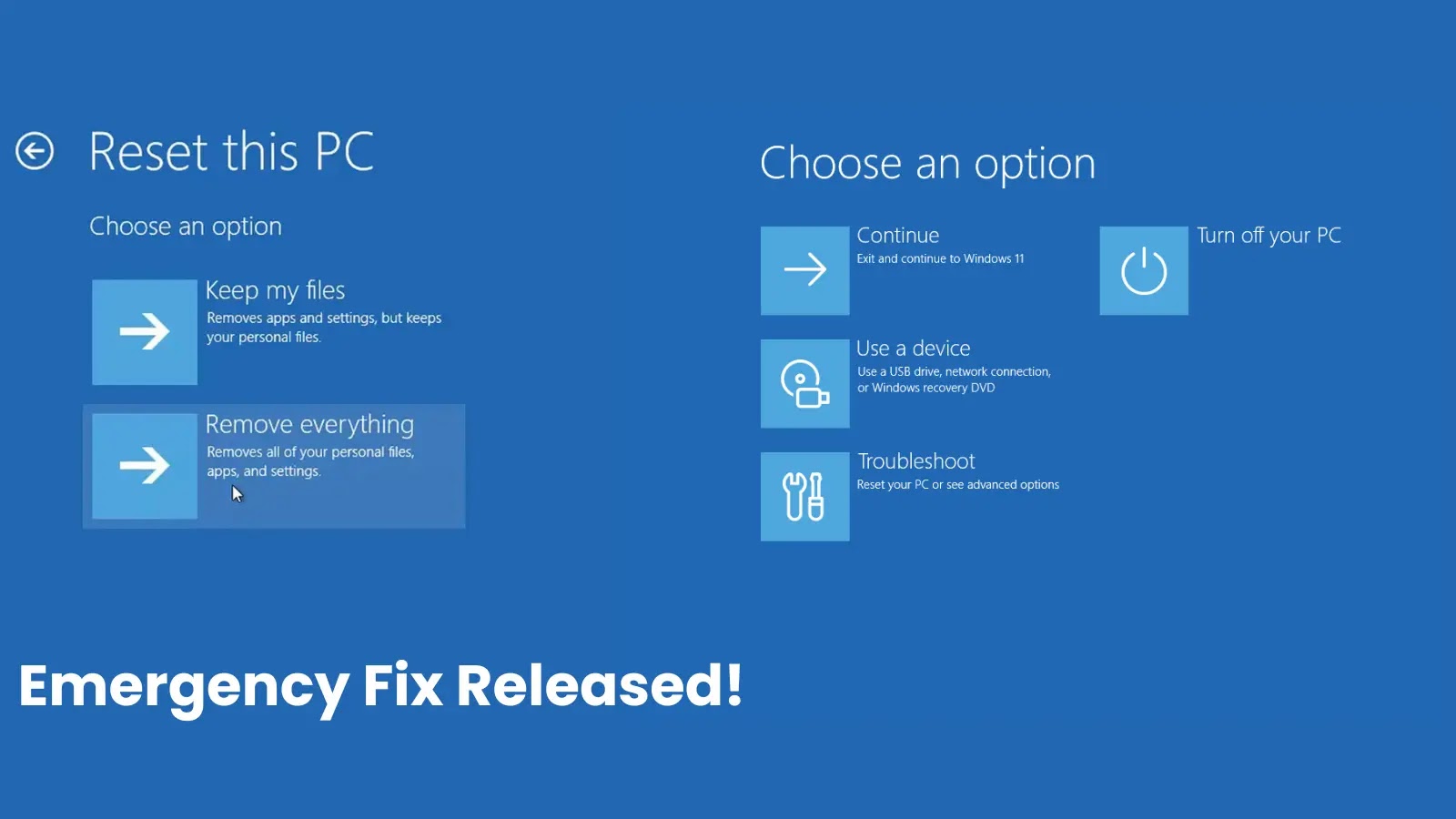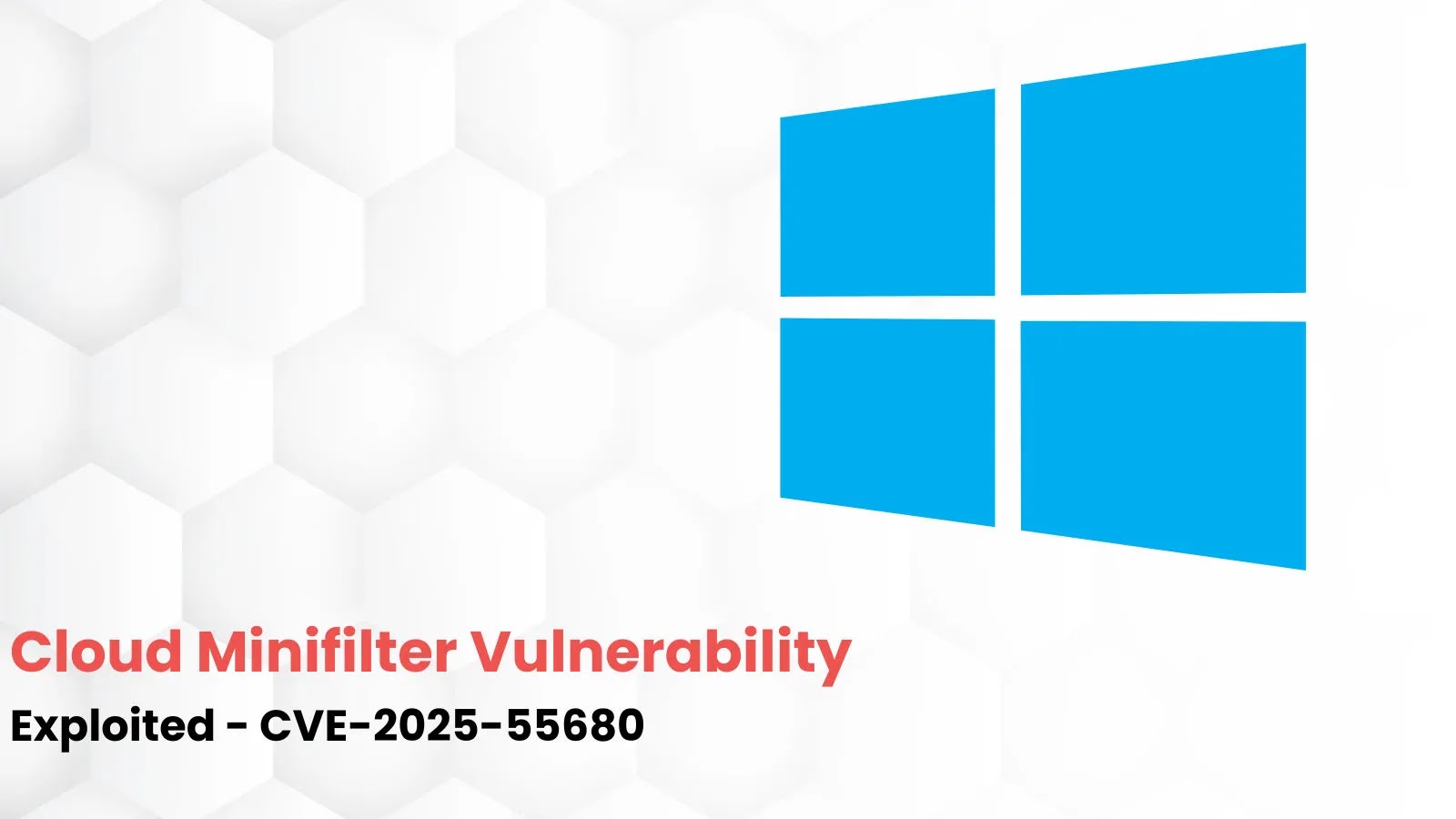The WARMCOOKIE backdoor, first identified in mid-2024, has undergone significant evolution, enhancing its capabilities and posing an increased threat to enterprise networks worldwide. Initially disseminated through phishing campaigns with recruitment-themed lures, WARMCOOKIE has expanded its reach and sophistication, necessitating heightened vigilance from cybersecurity professionals.
Origins and Initial Deployment
WARMCOOKIE emerged as a lightweight implant designed for remote command execution. Its modular architecture allowed for rapid adaptation to various objectives, making it a versatile tool for threat actors. Early campaigns primarily targeted individuals through phishing emails masquerading as job opportunities, enticing recipients to open malicious documents that facilitated the malware’s installation.
Expansion of Targeted Attacks
Over the past year, WARMCOOKIE’s operators have broadened their attack vectors, targeting enterprise networks across multiple regions. Utilizing malvertising and spam campaigns, they have successfully infiltrated systems, establishing persistent footholds. These intrusions have enabled the theft of credentials and the deployment of secondary payloads, amplifying the potential damage to affected organizations.
Technical Enhancements and Stealth Features
Recent analyses by Elastic Security Labs have revealed ongoing updates to WARMCOOKIE’s infrastructure and codebase. Notably, the malware has transitioned from relying on hardcoded folder paths and static mutex names to employing dynamic string banks and dual GUID-style mutexes. These changes enhance its stealth capabilities, making detection and analysis more challenging.
The malware’s functionality has also expanded beyond simple command handlers. It now includes the ability to launch executables, DLLs, and PowerShell scripts on demand. Each command type is processed through a unified function that writes the payload into a temporary directory before execution, utilizing rundll32.exe for DLLs or PowerShell.exe for scripts. This flexibility allows WARMCOOKIE to act as a loader for custom modules without modifying its core binary, increasing its adaptability to various malicious objectives.
Infection Mechanism and Persistence
WARMCOOKIE’s infection mechanism has evolved to evade static detection methods and complicate incident response efforts. Upon execution, the backdoor parses an embedded configuration blob, decrypting critical fields such as the Remote Command and Control (C2) URL, RC4 key, and a campaign identifier. The decryption routine involves seeding a random number generator with the system’s uptime, selecting a legitimate-looking folder name from a dynamic list, and decrypting campaign parameters at runtime.
The introduction of a campaign ID field in later versions allows operators to tag infections with specific distribution contexts, facilitating granular tracking of victim sets. After decryption, WARMCOOKIE establishes persistence by creating a scheduled task with a name and executable path that mimic recognized software vendors. By randomizing folder names and task identifiers, the malware avoids repeating known artifacts across samples, complicating signature-based detection.
Additionally, dual GUID-style mutexes regulate initialization sequences, ensuring only a single instance runs and mitigating race conditions during startup. These enhancements underscore the attackers’ emphasis on resilience and evasion, reinforcing WARMCOOKIE’s position as a persistent threat to enterprise environments.
Broader Implications and Related Threats
The evolution of WARMCOOKIE reflects a broader trend in the cyber threat landscape, where malware families continuously adapt to bypass security measures. For instance, similar campaigns have been observed where threat actors exploit legitimate platforms to distribute malware. In one case, cybercriminals leveraged Cloudflare’s Workers service to deliver weaponized applications disguised as legitimate software, creating covert backdoors for remote access. ([cybersecuritynews.com](https://cybersecuritynews.com/cloudflare-workers-service-abused/?utm_source=openai))
Moreover, the abuse of signed drivers to launch kernel-level attacks on Windows systems has been documented, highlighting the increasing sophistication of threat actors in exploiting trusted components to gain deep system access. ([cybersecuritynews.com](https://cybersecuritynews.com/threat-actors-abusing-signed-drivers/?utm_source=openai))
Mitigation Strategies
To defend against threats like WARMCOOKIE, organizations should implement comprehensive cybersecurity measures, including:
– Employee Training: Educate staff on recognizing phishing attempts and the dangers of opening unsolicited attachments or clicking on unknown links.
– Advanced Threat Detection: Deploy endpoint detection and response (EDR) solutions capable of identifying and mitigating sophisticated malware.
– Regular Software Updates: Ensure all systems and software are up-to-date with the latest security patches to close vulnerabilities that malware could exploit.
– Network Segmentation: Implement network segmentation to limit the spread of malware within an organization, reducing the potential impact of an infection.
– Incident Response Planning: Develop and regularly update incident response plans to ensure swift action in the event of a malware infection, minimizing damage and recovery time.
Conclusion
The continuous evolution of WARMCOOKIE underscores the dynamic nature of cyber threats and the necessity for organizations to remain vigilant. By understanding the tactics, techniques, and procedures employed by such malware, cybersecurity professionals can better prepare and implement effective defenses to protect their networks and sensitive data.



